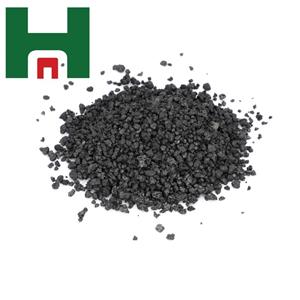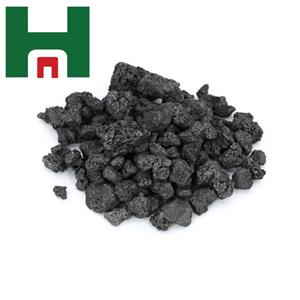How to distinguish the advantages and disadvantages of graphite products
1、Flexural strength of materials
The flexural strength of materials is the direct embodiment of material strength, which shows the tightness of the internal structure of materials. The material with high strength has relatively good discharge loss resistance. For the electrode with high precision requirements, try to choose the material with good strength. For example, ttk-4 can meet the requirements of general electronic connector molds, but for some electronic connector molds with special accuracy requirements, ttk-5 materials with the same particle size but slightly higher strength can be selected.
2、Shore hardness of materials
In the subconscious understanding of graphite, graphite is generally considered to be a relatively soft material. However, the actual test data and application show that the hardness of graphite is higher than that of metal materials. In the special graphite industry, the general hardness test standard is shore hardness measurement, and its test principle is different from that of metal. Due to the layered structure of graphite, it has very excellent cutting performance in the cutting process. The cutting force is only about 1 / 3 of that of copper material, and the machined surface is easy to deal with.
However, due to its high hardness, the loss of cutting tools will be slightly greater than that of metal cutting tools. At the same time, materials with high hardness have excellent control over discharge loss.
3、Average particle diameter of material
The average particle diameter of the material directly affects the discharge condition of the material. The smaller the average particle of the material, the more uniform the discharge of the material, the more stable the discharge condition and the better the surface quality.
For forging and die casting dies with low surface and precision requirements, it is generally recommended to use materials with coarse particles; For electronic molds with high surface and precision requirements, it is recommended to use an average particle size of 4 μ M or less to ensure the accuracy and surface finish of the processed die. The smaller the average particle of the material, the smaller the loss of the material, and the greater the force between each ion group.
At the same time, the larger the particle, the faster the discharge speed and the smaller the loss of rough machining. The main reason is that the current intensity of the discharge process is different, resulting in different discharge energy. However, the surface finish after discharge also changes with the change of particles.
4、Inherent resistivity of material
If the average particles of the material are the same, the discharge speed with high resistivity will be slower than that with low resistivity. For materials with the same average particle size, the strength and hardness of materials with low resistivity will be slightly lower than those with high resistivity. That is, the discharge speed and loss will be different. Therefore, it is very important to select materials according to the needs of practical application.
Due to the particularity of powder metallurgy, each parameter of each batch material has its representative value and a certain fluctuation range. However, the discharge effect of the same grade of graphite material is very close, and the difference of application effect caused by various parameters is very small.
The selection of electrode materials is directly related to the effect of discharge. To a large extent, whether the selection of materials is appropriate determines the final situation of discharge speed, machining accuracy and surface roughness.



